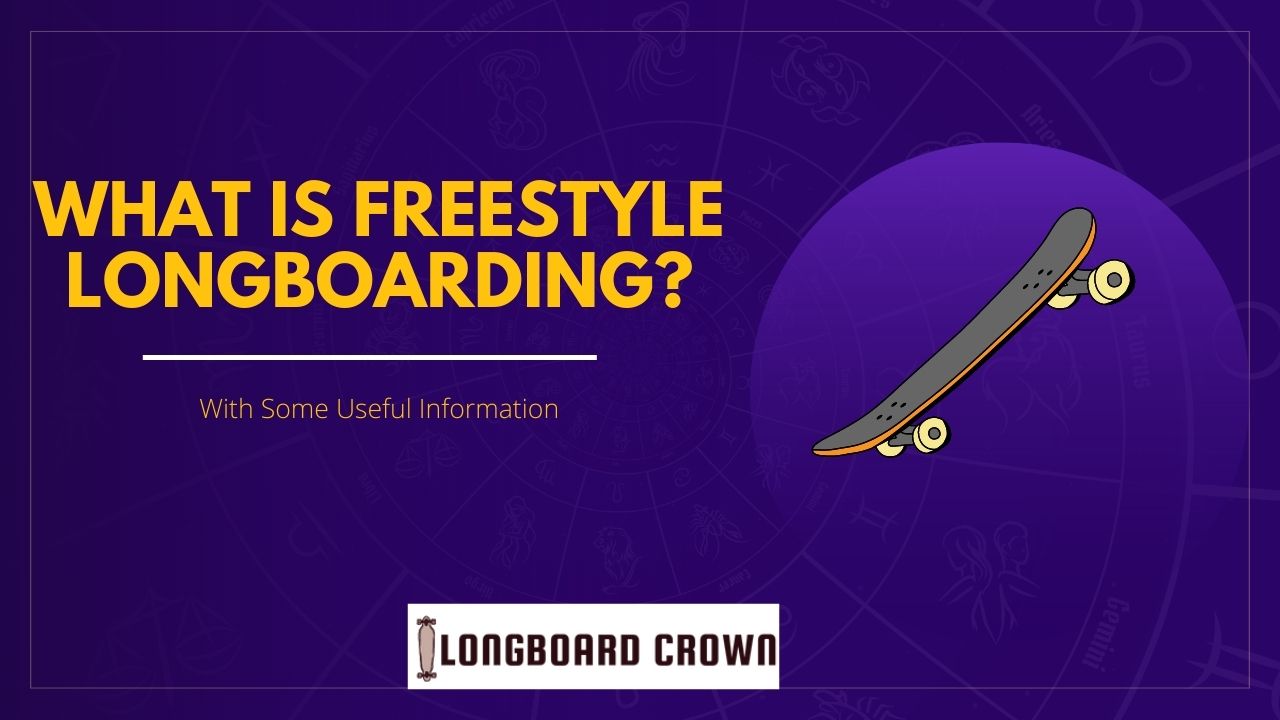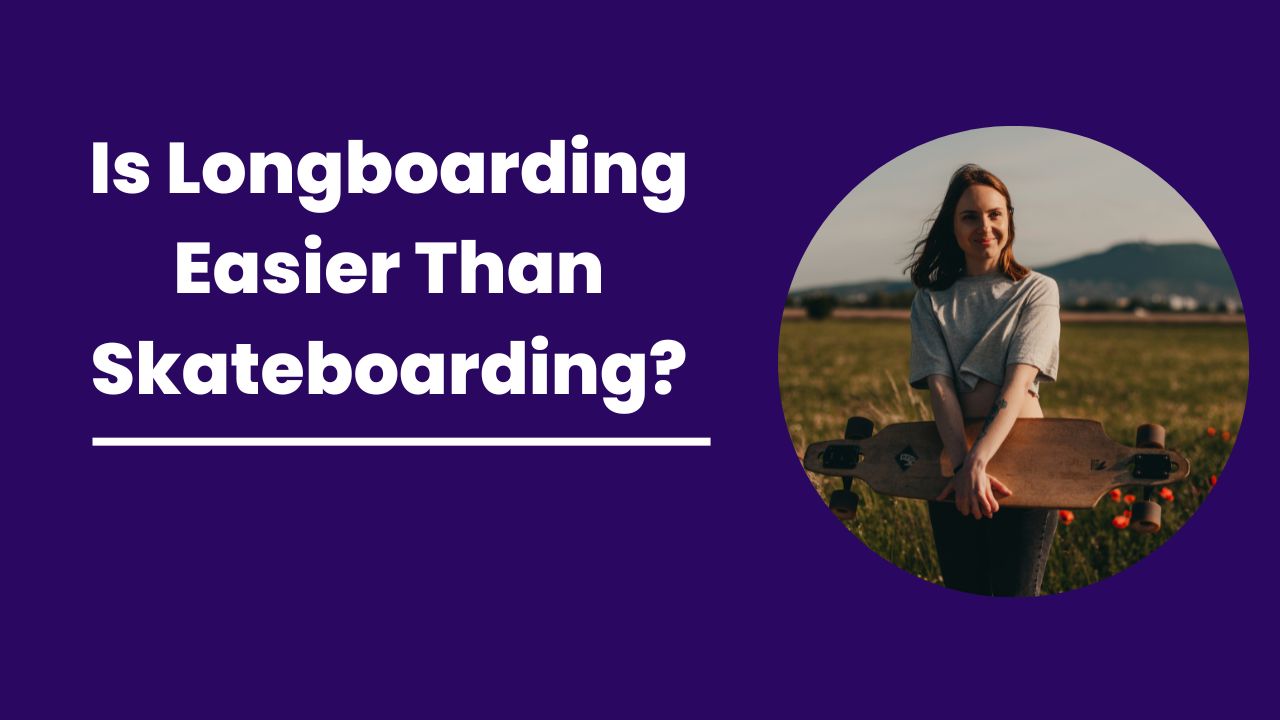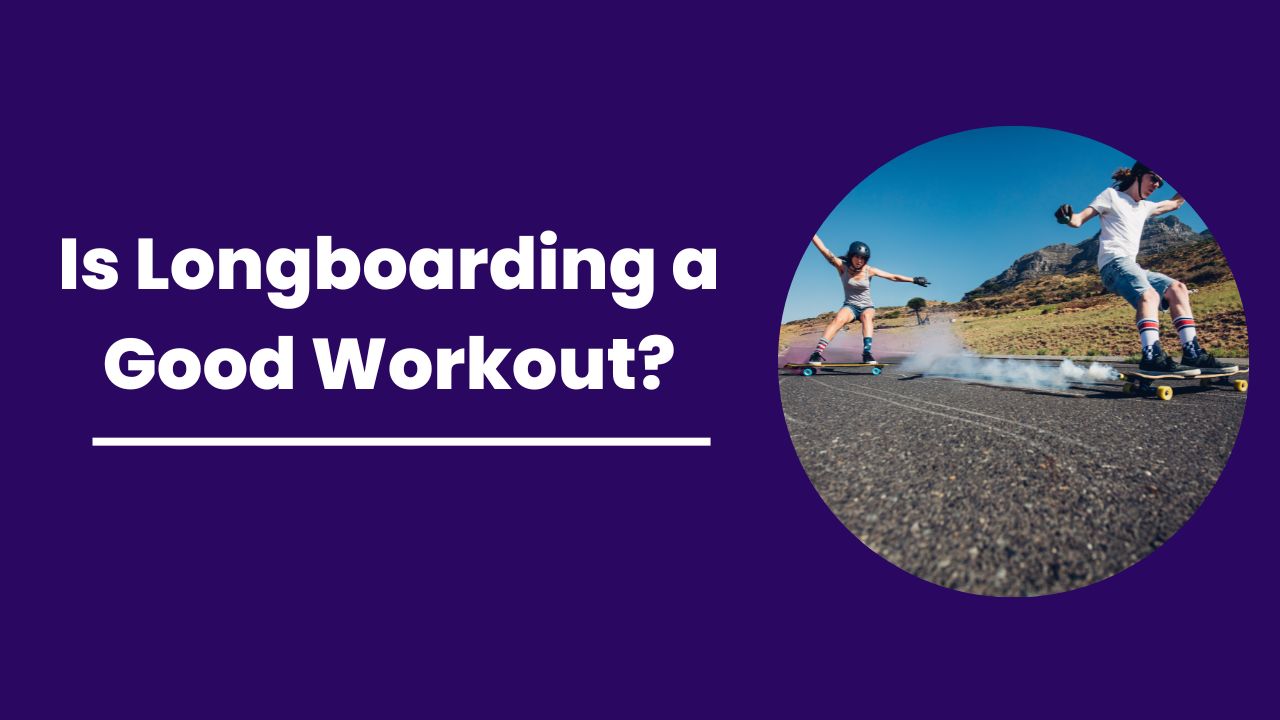Well, it no denying that longboarding is an innovative game and a complete source of fun and entertainment. Longboarding comes in a wide variety of ways and styles. Freestyle longboarding is a stunty and acrobatic-like riding style with spinning tricks and constant board flipping. It is similar to street skating but less aggressive and has a more stylish texture than its medical short boarding cousin.
The riding style in longboarding, especially freestyle, is highly technical. In contrast to freeriding, in which riding downhill and sliding to control speed, it is performed on flat and even surface grounds with obstacles like street curbs and stairways.

So if you want to know about freestyle longboarding, keep reading the informational piece article.
Contents
What is freestyle longboarding?
When it comes to freestyle longboarding, there is a wide variety of tricks and techniques with distinct ways and features, from basic pivoting to super complicated kickflip skills. In my opinion, you should start with the clever tricks which involve body weight shifting, sliding, flowing, kicking, and jumping.
Freestyle longboarding with easy tricks and features
These all are easy and funny tricks to learn for beginners and for those who are already in this game as older longboarders. Pushing, foot braking, and cruising are the few flowy types easy to access fess style tricks. A sister longboarding style is longboarding dancing, which involves foot tricks while riding on the flat ground, twisting, stepping, turning, and overall dancing moves on a longboard.
So let’s dive into the freestyle tricks and styles.
Nose manual
A nose manual is an essential skill in freestyle longboarding. This is the initial step in learning freestyle longboarding if you can stand on the longboard while cruising.
The nose manual involves standing on the front wheels when you lift your back wheels off the ground. You have to move your front foot up towards the nose of the longboard and by shifting your body weight on the front foot. You should move your back foot towards the center according to the longboard length.
To master this trick needs practice and patience, and this style aims to shift your shoulders and hip towards the front tip of your board. This is a risk-free, fantastic style and exercises to start with other moves.
Pivot
A pivot can be defined as the manual nose paired with the 180 spins of your longboard on the front wheels. Same as the manual, you will begin with the normal riding stance with the movement of your front foot towards the nose of the longboard and your back foot towards the middle of the board.
You have to shift some of your body weight toward your front foot to get the back wheels off the ground. Simultaneously you have to rotate your shoulders and hips, thus pivoting on your front foot and swinging your board with the rear foot into the half-turn, and bringing your back foot to the front line.
Spinning the board at 180 is relatively easy to learn, but the tricky part is to ride the switch, opposite to the natural stance, right after the spin.
In this case, you should practice the riding switch, which is unnatural to foot forward, before learning the pivot. Switch riding is the essential skill to learn freestyling in longboarding.
Shove it
Shove it is the one step ahead from the pivot in you switch to stance instantly when you finish spinning your board to 180 degrees. This leads to your natural riding stance ending up compared to switching with the pivot.
Like the pivot, you should begin with the normal stance, and move your body, foot, and whole body weight on the nose of the longboard. Now spin the board on the front wheels of the board by swinging on the back foot.
When the rotation in the board is completed, you should perform a subtle jump to flip you around at the same time. Therefore, you will end up in your initial stance when the board flips at 180 degrees. Simply put, your rear foot will drive the board to swing, but you can opt for the subtle jump to switch feet before doing a swing.
This trick in freestyle longboarding is quite challenging compared to all techniques mentioned above.
Tiger Claw
Tiger Claw is a flowing and slick-looking technique that does not need complicated balancing and weight shifts. While doing this trick, you will move your rear foot on the original kick tail of your longboard and move the front foot towards the center.
This trick will be started by kicking the back tail. You will apply some of the weight on the tail of the longboard and lift your front foot off the board and step on the ground.
When the nose f your longboard comes towards your hand, grab the board. When you step on the longboard, you will swing the longboard 360 degrees with the help of your hand.
Place it back down in the rolling condition while you still walk. You can notice that this trick is not hard to learn, but it isn’t easy to perform in liquids and continuous motion.
Caveman
The caveman trick is quite complex compared to tiger claw but pretty similar. In both the previous styles, you start the move by scooping the on board with the tail kick, grabbing the board when you walk and try to flip it, and then jumping back on it in the end.
The main difference is when you grab the board with your hand at 360 degrees at the vertical flip, despite swinging it in the horizontal position similar to the tiger claw. When the longboard is still off the ground, the rider will jump on it when the board ends its flip.
Therefore, when the board lands back on the floor after being pinned, the rider will go in the riding stance. This is the style that needs more practice and patience.
Read More:
- Drop-through vs Pintail
- Longboard vs Skateboard
- Is longboarding hard
- Best Sector 9 Longboards
- What are the best longboards for cruising?
- What Is Carving On A Longboard
Conclusion
So to conclude, freestyle longboarding is a high-quality skill that needs patience and hard work. No matter your age, riding level, and build if you possess good health, physique, and sufficient balancing skills you can get through the freestyle longboarding skills and move up from here.

